Face lift
Home > Facial Procedures > Face lift
A Comprehensive Approach
Face Lifts Restore youthful contours and reverse visible signs of aging with the best facelift in Orange County. This procedure lifts and tightens facial tissue to address sagging skin and deep creases, delivering natural-looking, resilient results.
Areas of Focus
and jaw

The Potential of a Face Lift

Frequently Asked Questions
This connective tissue layer is strong and non-elastic; it needs to be lifted up, re-oriented, and re-suspended to achieve the desired results. Expertly re-draping the SMAS layer will soften the nasolabial folds, minimize the prejowl creases, and tighten the loose skin under the chin and jaw. After the SMAS and skin are re-draped and trimmed, the surgeon will take great care to reduce skin tension and minimize incision pull and scarring.
Frequently Asked Questions
This connective tissue layer is strong and non-elastic; it needs to be lifted up, re-oriented, and re-suspended to achieve the desired results. Expertly re-draping the SMAS layer will soften the nasolabial folds, minimize the prejowl creases, and tighten the loose skin under the chin and jaw. After the SMAS and skin are re-draped and trimmed, the surgeon will take great care to reduce skin tension and minimize incision pull and scarring.
Before & After
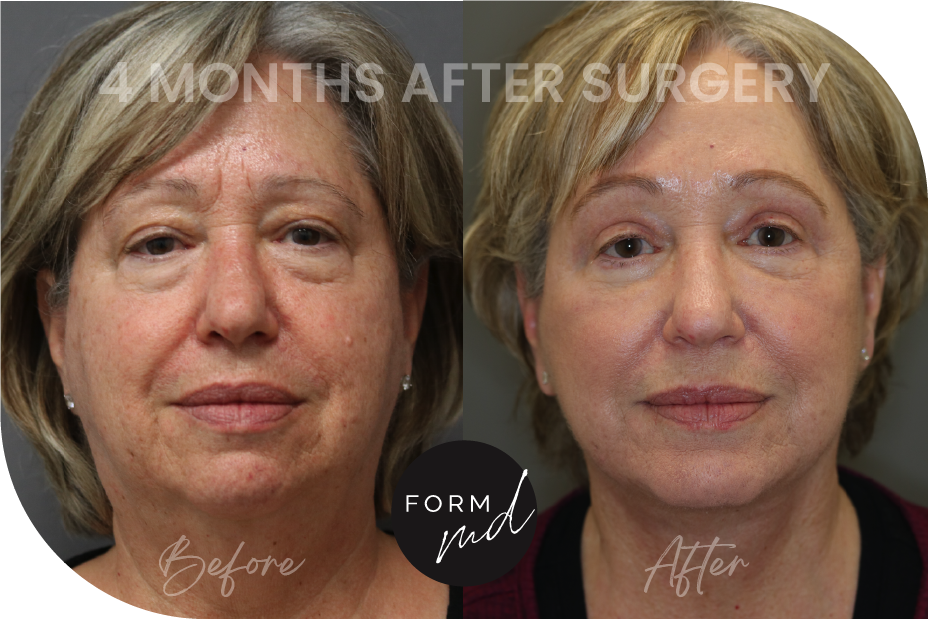
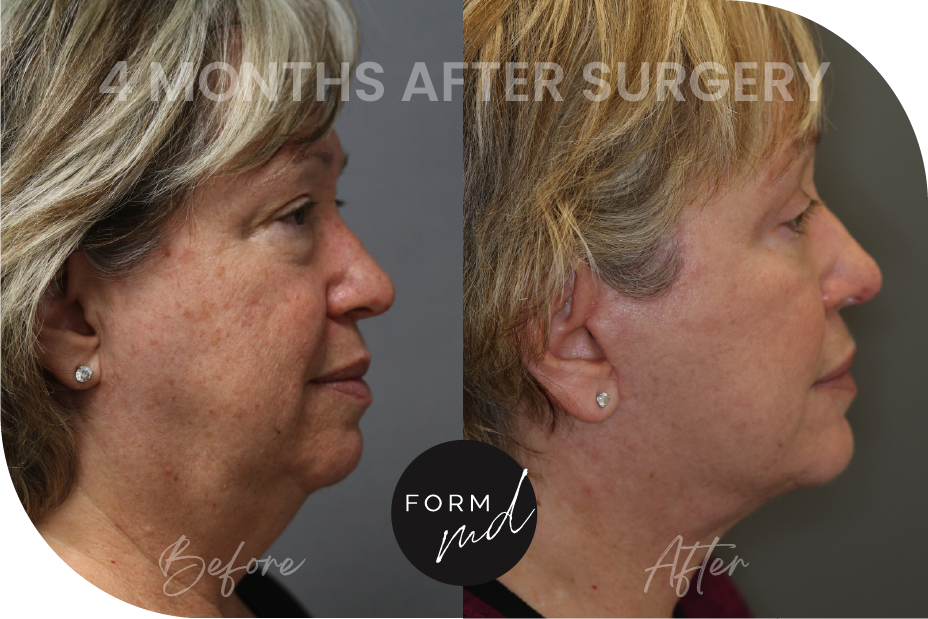
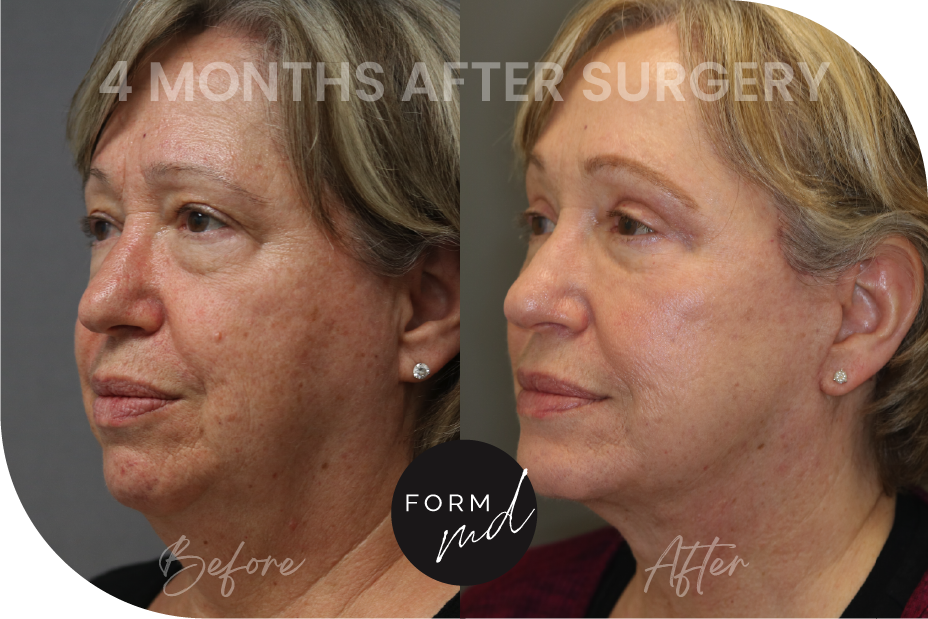
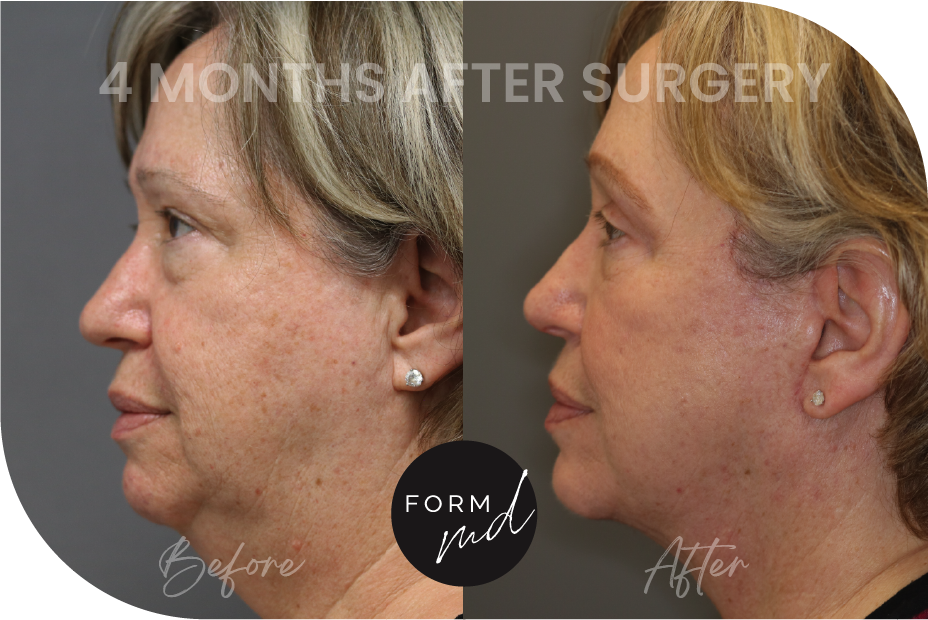
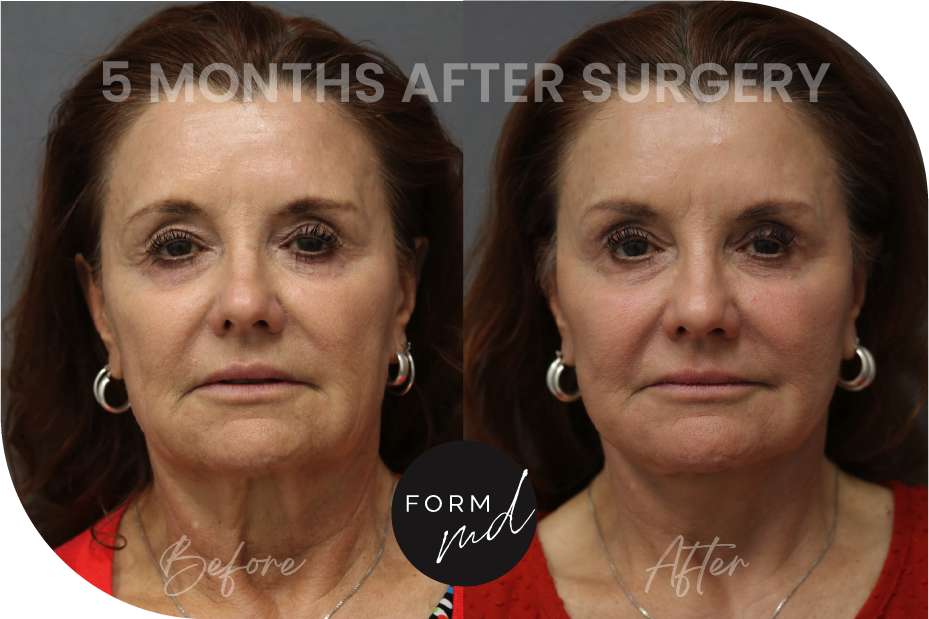

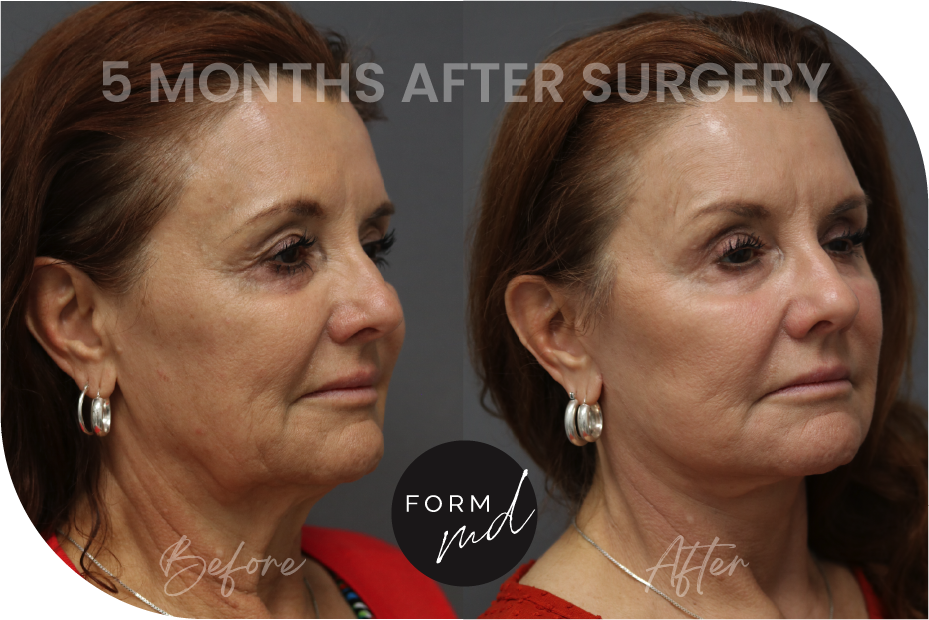
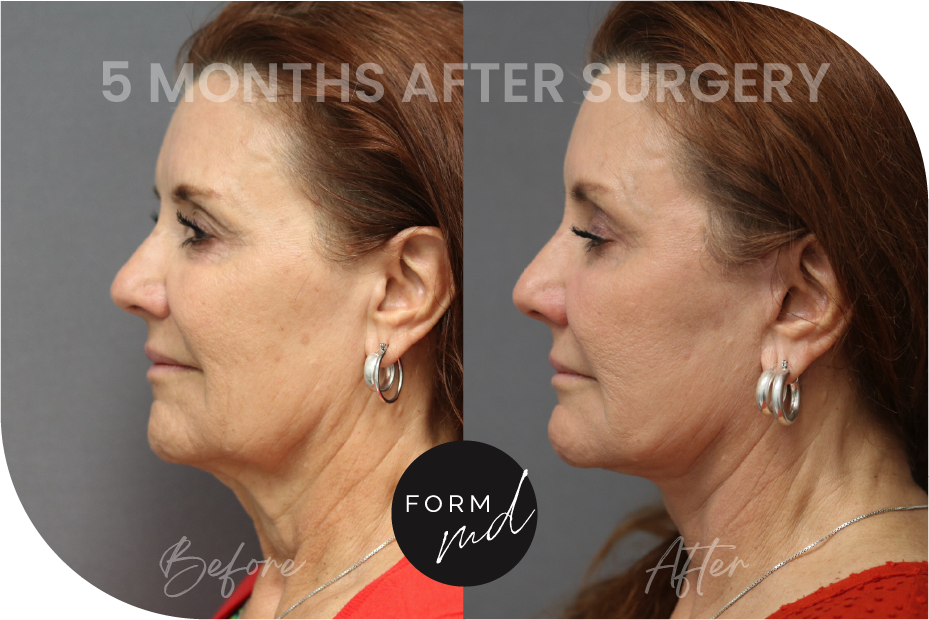
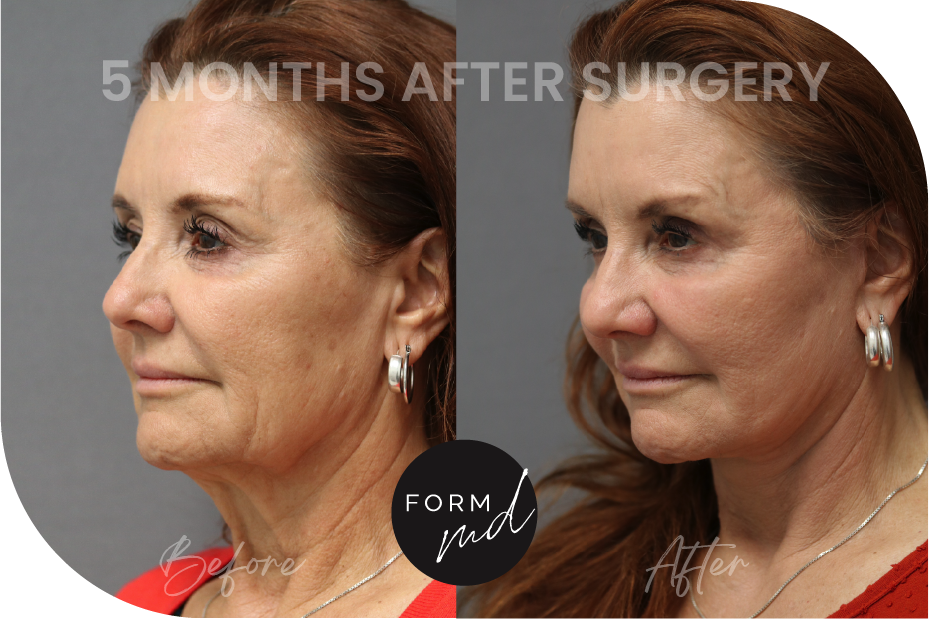
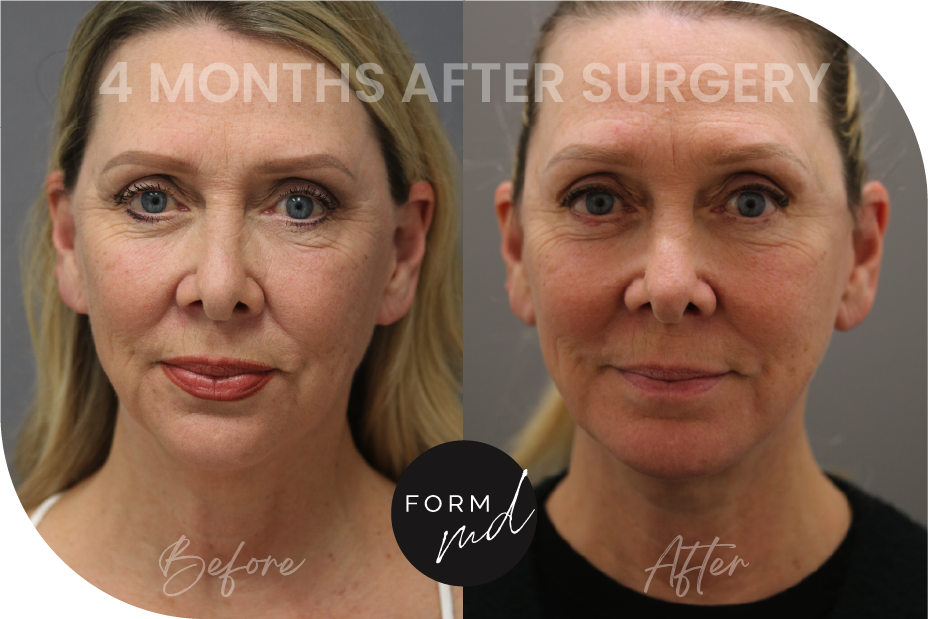
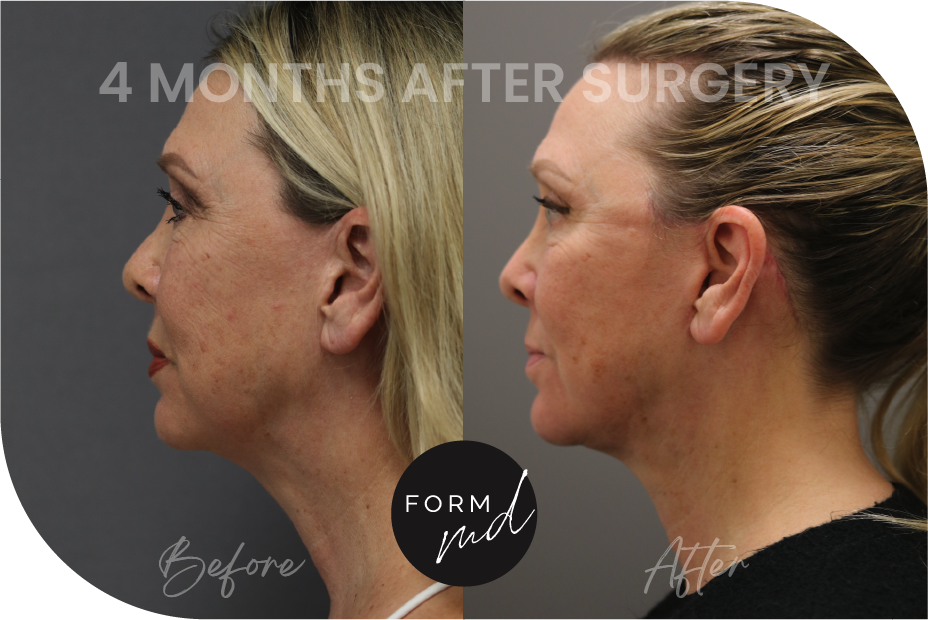
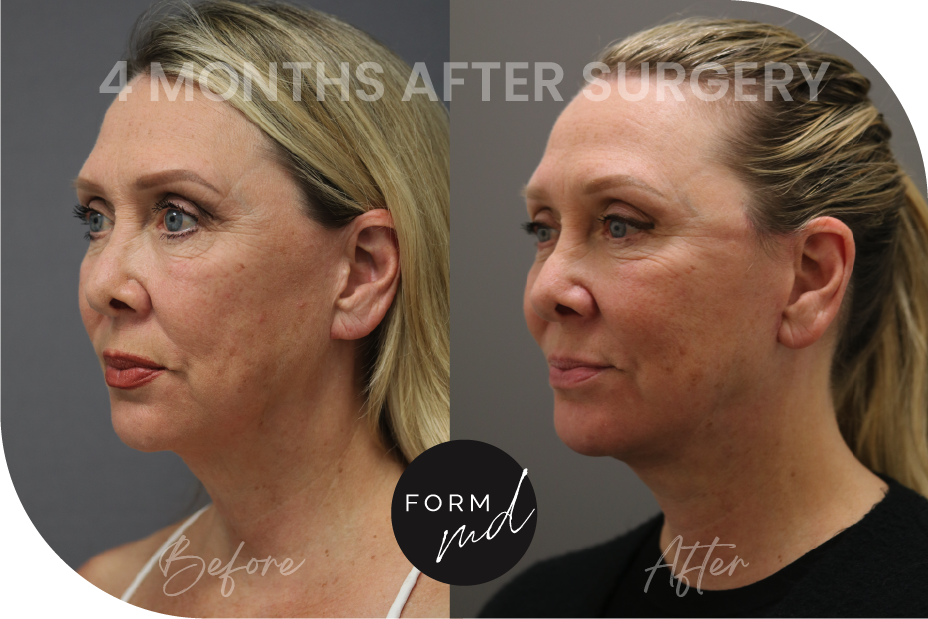
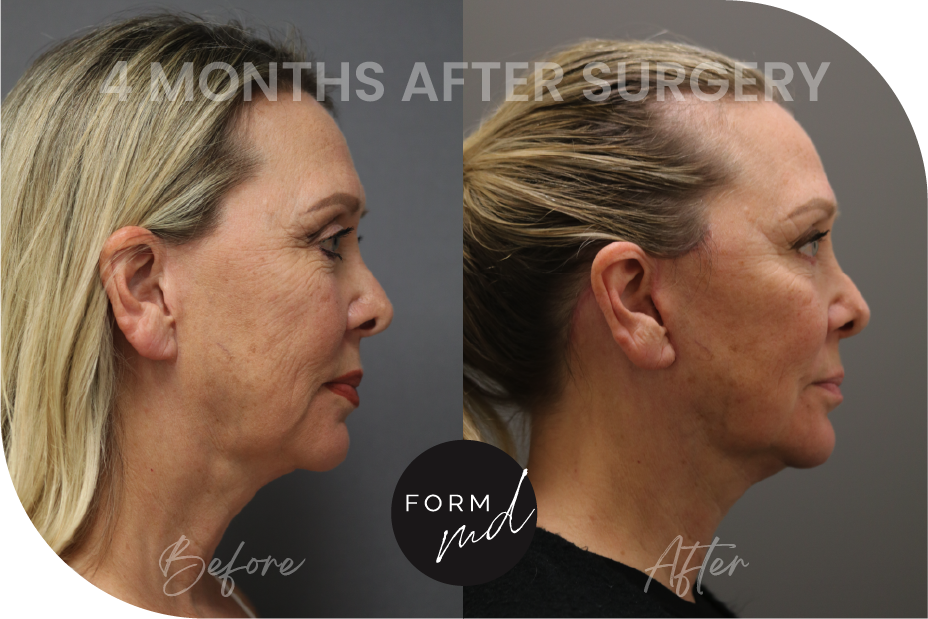
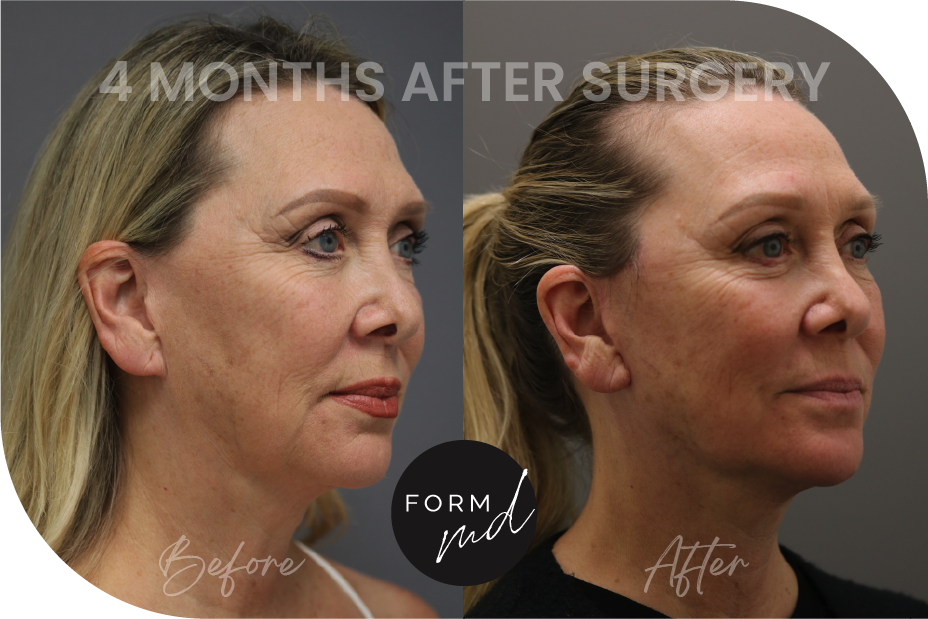
Ready to Book?
Testimonials
What They Say
My results were better than I expected and not ONE person has asked if I “had work done on my eyes.” Only compliments that I look happy and younger lately! Dr. Pollei is a true professional, very warm and personable bedside manner. I love that he refuses to do any work that would make the patient look superficial. I was so nervous to have bleph surgery but it was quick and easy with minimal downtime. I highly recommend Dr. Pollei.
Dr Pollei and staff were excellent from start to finish. The results of my surgery are unbelievable, so natural nobody really notices I had a full face lift and best of all.. my scars are healed and gone!!!! Highly recommend these guys!
I can’t say enough about how impressed I am with Dr. Pollei and his staff. I had a rhinoplasty / septoplasty done, and a pretty challenging one at that from past broken noses. Dr. Pollei did an amazing job! His demeanor is patient, kind and caring and his work is impeccable. I couldn’t be happier with my results. Also, his staff was so helpful throughout the entire process. They are always there for anything I need. I am genuinely grateful to him and his team.
I had rhinoplasty with Dr. Pollei and 4 months post surgery I could not be happier with the results. From our first meeting during the consultation to our post op appointments Dr. Pollei made me feel so welcome and comfortable. His team is also incredible, kind, and knowledgable. Dr. Pollei listened to my concerns, spoke open and honestly about the results, recovery and care and was accessible if I had any questions - pre and post. Thank you Dr. Pollei and team for a fantastic experience.
It is hard to believe that having minor surgery on my face could be a pleasant experience but it certainly was. Dr. Pollei is very patient and explained the whole procedure to me and answered all my questions. They did everything possible to make me comfortable and relaxed. The staff is patient and kind. The kind of people you would like to be friends with when they are not doing their work. Oh, and I guess this is important too. No scar, very nicely done.
I recently had an eyebrow procedure performed by Dr.Pollei, and I couldn't be happier with the results. Dr.Pollei is incredibly understanding, friendly, and knowledgeable. His skill and expertise are evident in the fantastic work he did on my eyebrow. From the initial consultation to the post-operative care, he made me feel comfortable and confident every step of the way. I highly recommend Dr.Pollei for any cosmetic or medical plastic surgeries. His professionalism and dedication to patient care are truly exceptional.
Love this team so much! I am now 6 months post op for my rhinoplasty and couldn’t be happier. Dr. Pollei made me feel so secure in my decision and that we would find a completely natural-looking result post surgery! When asked how I felt at the end of my consultation, my only answer was “I feel safe”. The best feeling to have when pursuing facial surgery!! I have felt safe with the whole team since that day - His patient coordinator Dria is the best!! and the entire surgical/anesthesia team, they calmed all of my anxiety leading up to my surgery date and now I am no longer hiding my side profile 🙂 The only thing I regret is waiting till my 30’s to take this step, but I give credit for finally taking the leap 100% to Dr. Pollei’s bedside manner and vision. You all have made me so happy and I can’t thank you enough!
I had the best rhinoplasty experience with Dr. Pollei ! We talked about making sure I still keep my look and make changes that fit my face. He did such a great job with delivering my dream results! I highly recommend him for surgery! Plus his office staff is the sweetest and super supportive throughout the process.
I got my rhinoplasty last week with Dr. Pollei, and just got my cast removed today. He exceeded my expectations, and I couldn’t be happier with the results! I would trust Dr. Pollei with my life. If you are considering getting surgery with him, I 100% recommend it, it was life changing for me and I am so satisfied!
Taylor Pollei, MD
Facial Plastic Surgeon
Dr. Taylor Pollei is a fellowship-trained Facial Plastic Surgeon. He is an expert in the complex and intricate structures of the face, and his deep understanding of facial aging allows him to offer a range of surgical and non-surgical approaches to facial rejuvenation.
Raman Mehrzad, MD
Plastic Surgeon
Dr Mehrzad specializes in providing advanced, modern body contouring techniques for breast augmentation, breast and body lifts, tummy tucks, and liposuction.
- 26691 Plaza Drive, Suite 200-A, Mission Viejo, CA 92691
